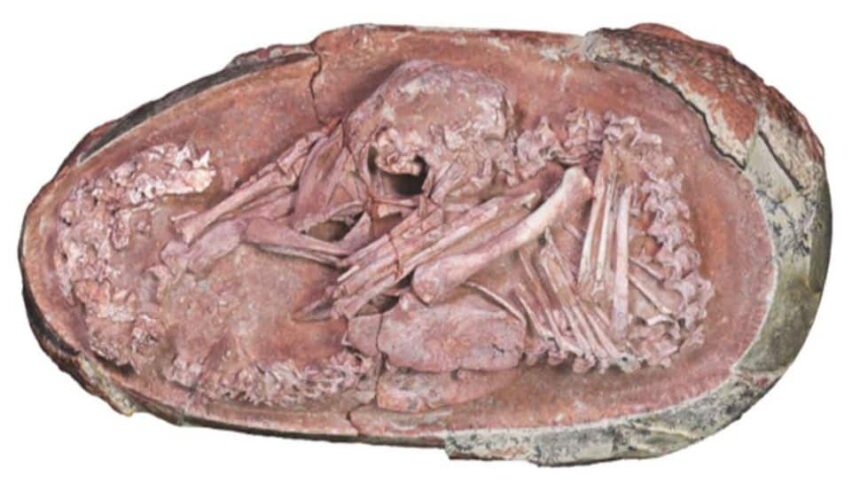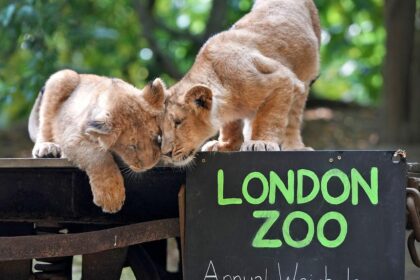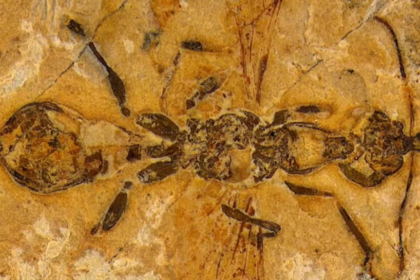Scientists Unveil New Evidence on Bird Origins: Baby Yingliang Fossil
Findings by a team of paleontologists in southern China have shed new light on the evolutionary link between birds and dinosaurs. Their discovery of a 72-million-year-old dinosaur embryo, nicknamed Baby Yingliang, provides a rare glimpse into bird-like behaviors.
Hidden away in the storage room at the Yingliang Stone Natural History Museum in Nan’an, China, this dinosaur egg has been untouched for years. But in 2015, a crack on its surface revealed a surprising discovery: the embryo contained fossils of an oviraptorosaur, a feathered dinosaur related to birds.
Remarkably preserved, this embryo allows scientists to study a non-avian dinosaur that adopted the “tucking” posture similar to modern bird embryos. This old bird behavior could support the growing theory that dinosaurs may have hatched just like birds, which have been trained to keep their eggs to minimize temperature changes.
This discovery has implications for our understanding of bird behavior and evolutionary history. “This fossil represents a crucial moment in our understanding of avian biology and evolution,” said the lead researcher. “Our findings show there’s more to bird’s evolution than previously suspected.”








